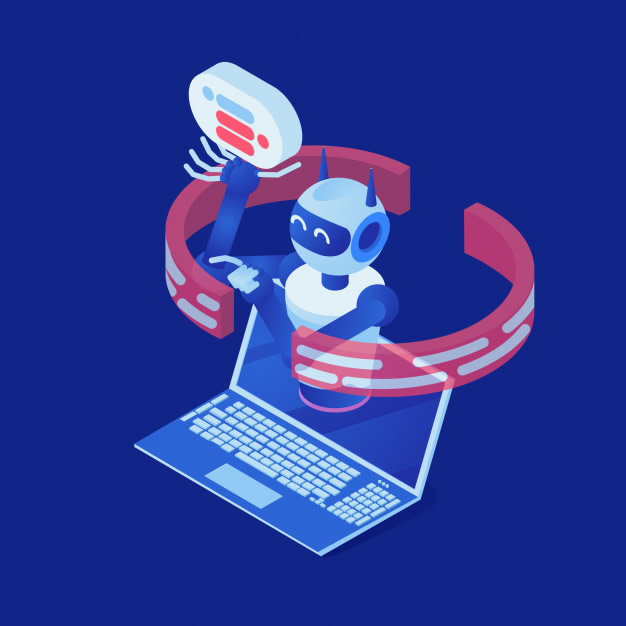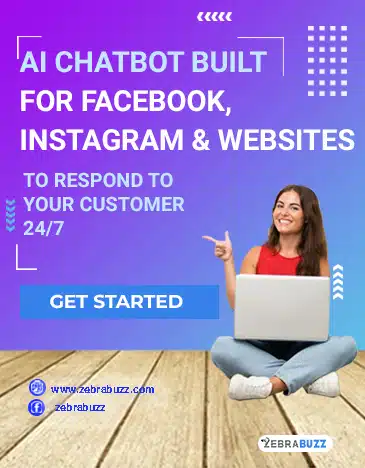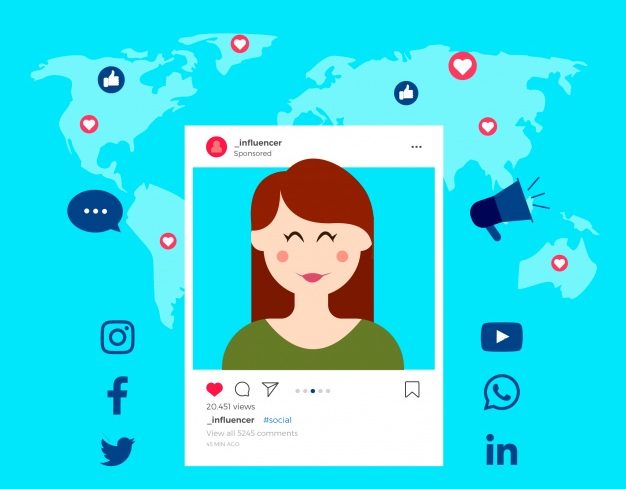With the advent of artificial intelligence, there have been several tools that brands use to automate their processes. Some of these tools include chatbots and virtual assistants.
While both are similar, there are some differences between them. One major difference between a chatbot and virtual assistant is that chatbots can be virtual assistants, but not all virtual assistants are chatbots. The ‘can be’ is heavily dependent on the presence of AI.
For instance, AI chatbots like Zebrabuzz can be so many things; social media manager, sales representative, marketer, and virtual assistant.
This means powerful chatbots like these can do whatever a virtual assistant would offer you, and sometimes more.
Both chatbots and virtual assistants have vast capabilities that can be used to revolutionize businesses.
Therefore, while they may have distinct features, the important focus should be to identify the ideal areas that you can apply them to leverage the immense benefits of these AI applications.
As an organization that is actively looking into investing in AI applications, knowing the difference between a chatbot and a virtual assistant is important. This gives you an idea into which you need and how to go about it.
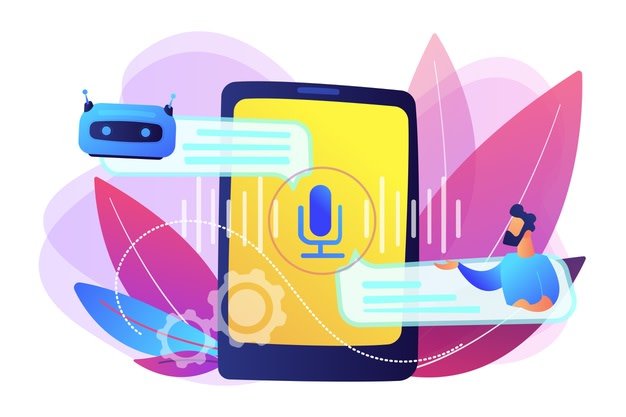
What is a Chatbot and How is it Different to a Virtual Assistant?
A chatbot is a virtual program that is designed to simulate conversations with human users, usually an organization’s customers over the internet.
There are categories of chatbots. While they can be divided into three, they are generally classified as two types.
To understand the difference between a chatbot and a virtual assistant, let us take a look at these two types.
Read: Free Virtual Assistant Tools to Run a Business
Scripted Bots and Virtual Assistants
They are also known as Decision-tree or rule-based chatbots. You may already have an idea as to how they work from their name.
Scripted bots are perhaps the simplest kind of chatbots we have presently. They make use of a set of pre-defined commands and rules to respond.
Also, they are not conversational. It’s more or less like “Garbage in Garbage out” for them. They reply based on the script and commands that have been set.
Conversations with a decision-tree bot are mapped out, like a flow chart. There is no room for flexibility, and the bot is not intelligent, unlike AI-Powered chatbots like Zebrabuzz.
These types of chatbots cannot be regarded as virtual assistants because their functionalities are largely limited. Scripted bots are usually aimed at achieving one purpose, e.g., answering the Frequently Asked Questions (FAQs) of an organization, or sometimes for conversions.
Another difference between a scripted chatbot and a virtual assistant is that there could be friction while interacting with the former.
As chatting with a rule-based chatbot is mapped out, any text or conversation that differs from what has been programmed will likely cause problems.
This is not so with Virtual Assistants because they are generally intelligent enough to understand statements that may not have been programmed into them from the beginning.
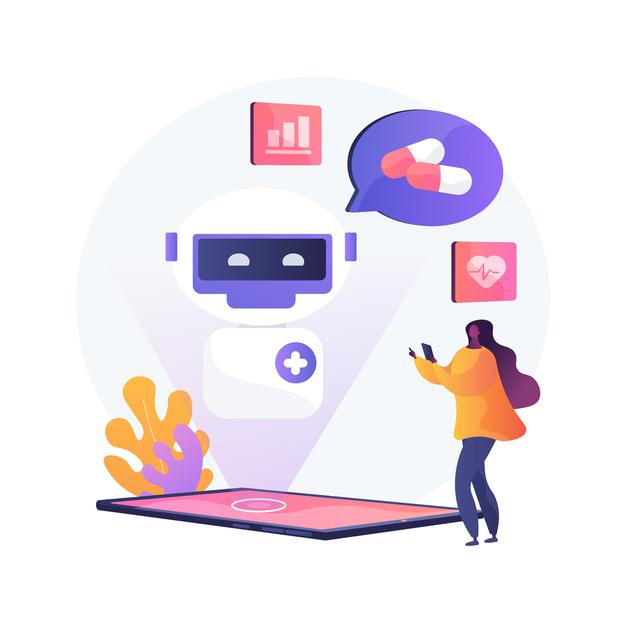
AI-Powered Chatbots and Virtual Assistants
It is safe to say AI-powered chatbots are the best categories of bots we have, and yes, they can be regarded as virtual assistants.
Artificial intelligence in bots is their ability to combine various forms of natural language processing, machine learning and semantic comprehension to simulate conversation like a human.
When we say a chatbot like Zebrabuzz, for instance, is AI-Powered, they are highly intelligent.
Besides, holding conversations with customers, Zebrabuzz AI chatbot can remind customers when they forget to checkout a product from their cart, generate and qualify leads, and close deals.
They can also check a user’s data and offer tailored recommendations that the user would be interested in.
Natural Language Processing is an AI-powered chatbot’s ability to understand and analyze human speech, then find the correct response and reply most understandably for a human language. They can also learn on their own, which is called Machine Learning.
They are very intelligent, more intelligent than the other types of chatbots but must be planned and guided properly to achieve maximum results.
Virtual assistants are digital software-based agents that can assist in performing our daily activities. They can schedule appointments, make calls, set clock alarms, etc.
They help to automate your to-do-list and generally work like a human personal assistant. VAs are being used in several industries, and so are AI-chatbots.
AI-powered chatbots can be used as virtual assistants because they can understand human language, process it and respond in like manner.
For instance, just like Virtual Assistants can be used to check flight status, chatbots can, and are in fact, already being used. For example, British Airways, Aeromexico, Volaris, Avianca, Singapore Airlines and many others are using chatbots to communicate with users and assist them in booking and tracking their flights.
In the health industry, there are AI-powered chatbots that you can speak with about any health challenges, which can recommend various precautions and treatments or connect you with a doctor that works in that field of medicine.
Therefore, there is no reason why a well-developed AI-powered chatbot cannot be referred to as a virtual assistant.


